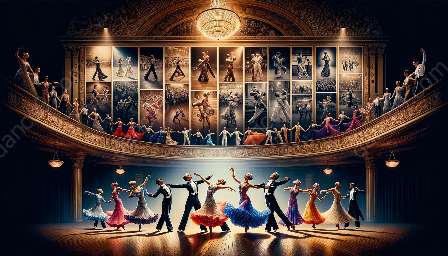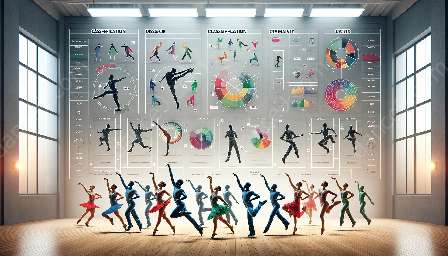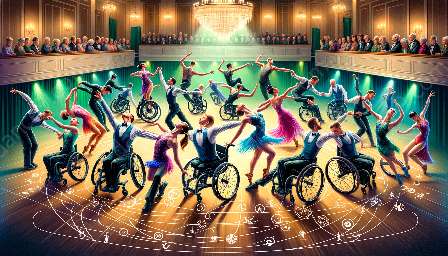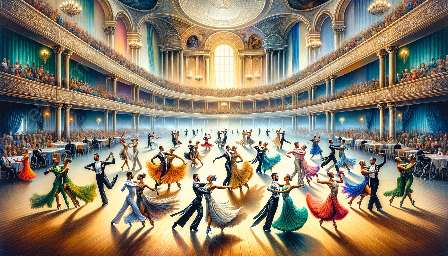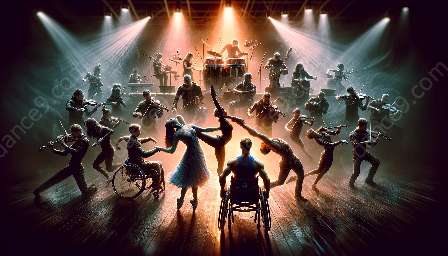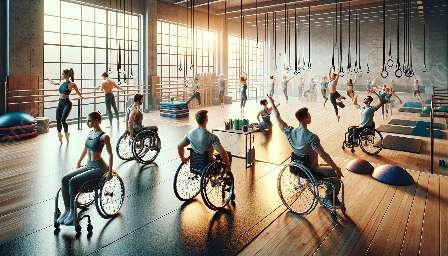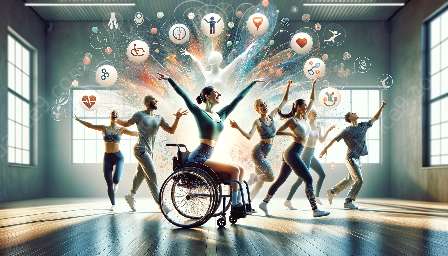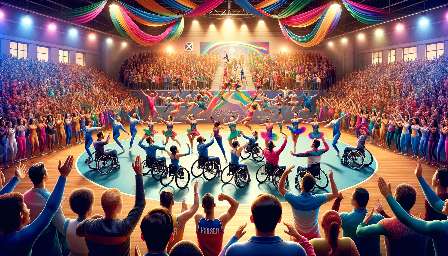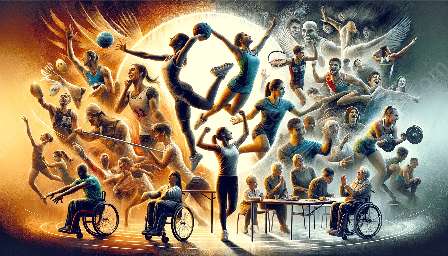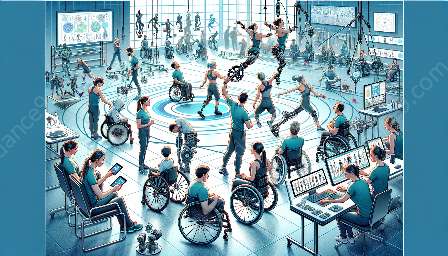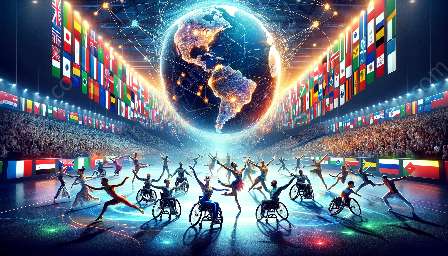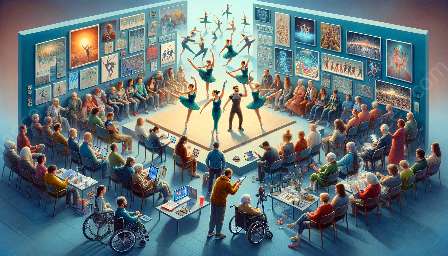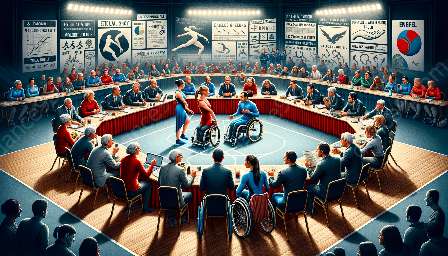Para dance sport is a discipline that requires specialized training and conditioning in order to support the unique needs of para dancers. Coaches play a crucial role in developing effective training programs that enable para dancers to perform at their best, especially in high-stakes events such as the World Para Dance Sport Championships. Here are the most critical aspects for coaches to consider when designing training programs for para dancers:
Understanding Individual Needs and Capabilities
Each para dancer has a unique set of abilities, limitations, and goals. Coaches must take the time to understand the specific needs and capabilities of each para dancer they train. This includes conducting comprehensive assessments to identify physical strengths and weaknesses, as well as understanding any particular challenges or considerations related to the dancer's disability. With this information, coaches can tailor training programs to best support the individual needs of their para dancers.
Adapting Technique and Movement
Para dancers may need to adapt traditional dance techniques and movements to accommodate their specific abilities and disabilities. Coaches should work closely with para dancers to modify and tailor movements and techniques to suit their unique circumstances. This may involve exploring alternative ways to execute certain dance steps, adapting choreography to optimize performance, and ensuring that movements are both safe and comfortable for the para dancer.
Implementing Specialized Conditioning
Training programs for para dancers should incorporate specialized conditioning to address the physical demands of dance sport while considering the unique needs of individuals with disabilities. This may include targeted strength and flexibility training, balance and proprioception exercises, and cardiovascular conditioning tailored to the specific requirements of para dance sport. Coaches need to develop training regimens that enhance overall physical preparedness, improve endurance, and support injury prevention for para dancers.
Psychological Support and Motivation
Coaches should provide psychological support and motivation to para dancers, recognizing the importance of mental resilience and confidence in their performance. Understanding the potential psychological challenges faced by para dancers, coaches should create an environment that fosters positivity, self-belief, and determination. By cultivating a supportive and empowering atmosphere, coaches can help para dancers overcome obstacles, build resilience, and maintain unwavering focus as they prepare for competitive events such as the World Para Dance Sport Championships.
Consideration of Dance Categories and Classifications
As the world of para dance sport encompasses a range of classifications and dance categories, coaches must have a deep understanding of these distinctions to design training programs that align with the specific requirements of each category. Whether it's wheelchair dance sport, standing dance sport, or specific classification levels, coaches should tailor training programs to optimize performance within the parameters of these classifications.
Collaboration with Support Professionals
Coaches should collaborate with a network of support professionals, which may include physical therapists, sports psychologists, nutritionists, and medical experts, to ensure a holistic approach to training and conditioning for para dancers. By leveraging the expertise of multidisciplinary professionals, coaches can enhance the overall support system for para dancers, addressing their physical, mental, and nutritional needs comprehensively.
Integration of Performance Enhancement Strategies
Effective training programs for para dancers should integrate performance enhancement strategies tailored to their unique circumstances. This may include visualization techniques, mindfulness practices, and strategies to optimize energy management and recovery. Coaches can incorporate these strategies into training programs to help para dancers refine their focus, boost their confidence, and enhance their overall performance capabilities for competitive events such as the World Para Dance Sport Championships.
Continuous Assessment and Adaptation
Coaches should continuously assess and adapt training programs for para dancers based on ongoing progress, feedback, and evolving needs. Regular assessment allows coaches to identify areas for improvement, adjust training regimens as para dancers develop their skills, and ensure that training programs remain aligned with the unique needs and capabilities of each individual. This ongoing adaptive approach is essential for optimizing performance and readiness for events such as the World Para Dance Sport Championships.

